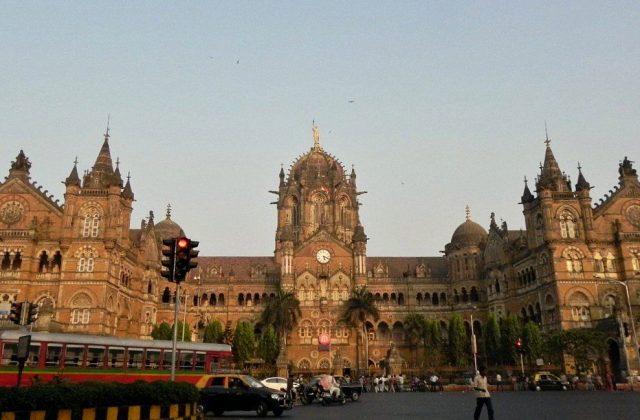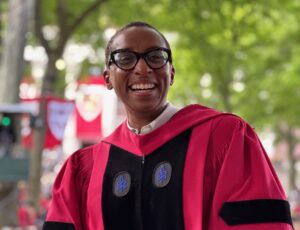About the Seminar
Colonial Bombay has traditionally been understood as a city shaped primarily by the state, and as a dual city with a white town and black town. However, neither understanding is correct. Rejecting the dualistic model of colonial cities, which depicts a segregated city in which the colonizers and the colonized lived in distinct worlds, I introduce the concept of “the city and its fragments,” which allows us to see that the city is made up of many diverse parts. These fragments are intertwined in a public arena of shared institutions, spaces, and practices that represented the entire city. In Bombay, differences were subsumed to a sense of belonging and common ownership of public spaces. From the late 1860s there was an increased use of public spaces such as the Back Bay, the Esplanade, and Apollo Bundar by all racial and religious groups. The public believed that these spaces belonged to the entire public and no ethnic or religious group had a right to monopolize them or fragment this public domain. In these shared public spaces Indians glimpsed a promising future that could be theirs if they looked beyond divisions.

About NIAS Seminars
NIAS Seminars are aimed to stimulate scientific cross-pollination within the NIAS academic community, but seminars are open to others who are interested. Please let us know if you wish to attend.




